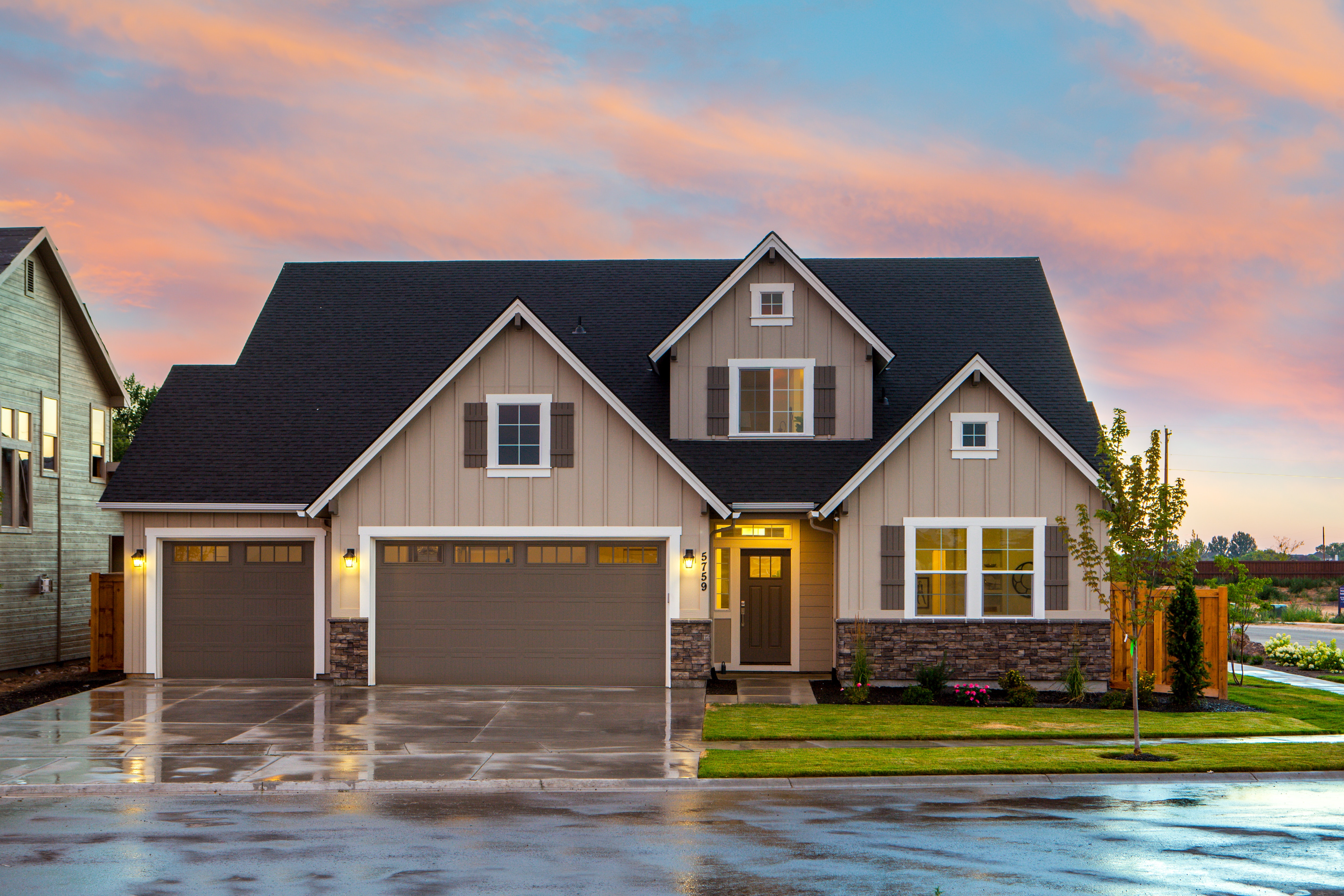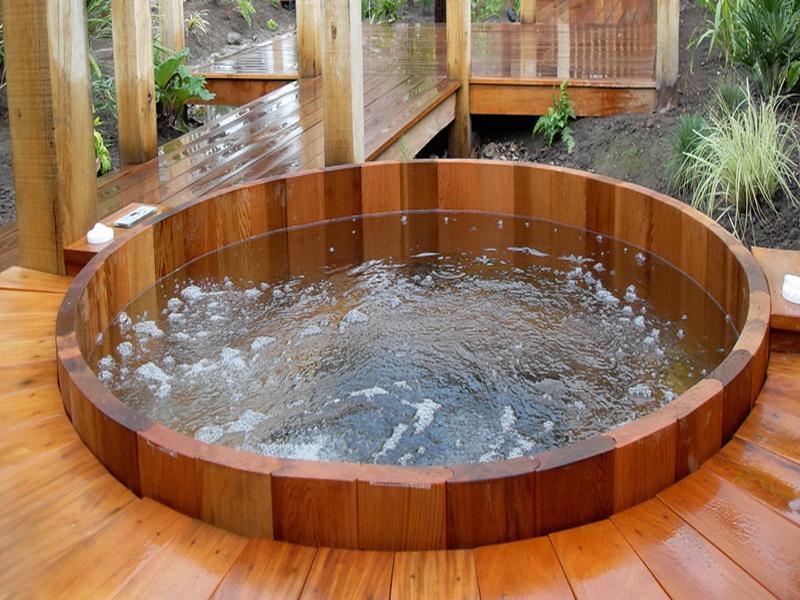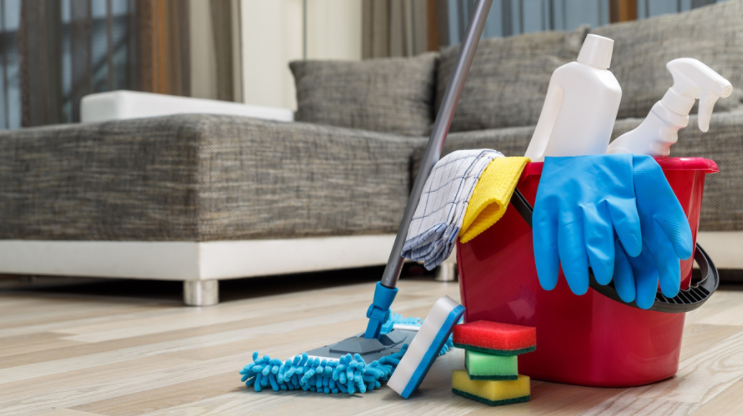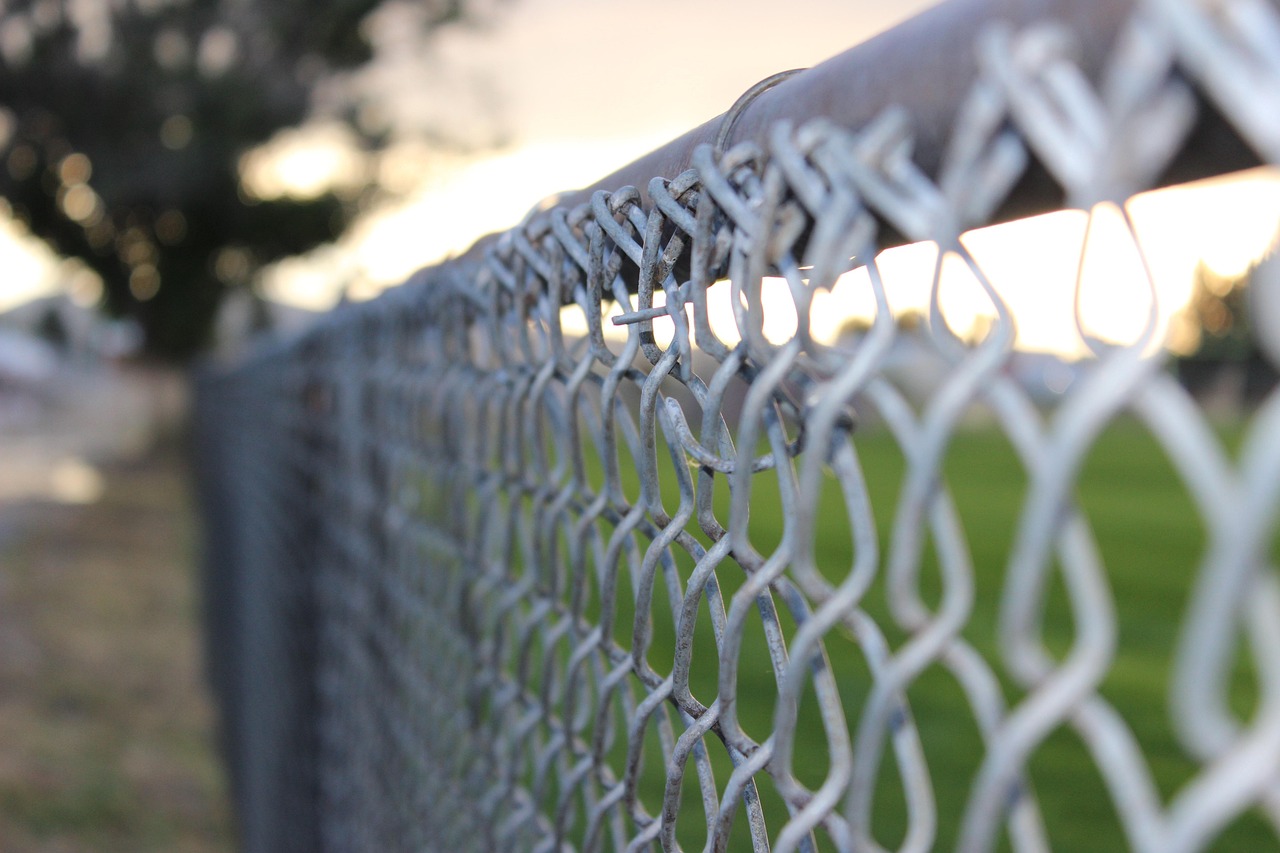Sometimes your home needs extra care and love, whether it is old or new. But you may not have cash in your account to remodel your kitchen or upgrade your curb appeal. Don't worry because you have the opportunity to know about the best home renovation financing options.
Make a list of things you want to renovate and plan what you can DIY to reduce expenses. Also, get quotes from different house contractors and compare them to choose the suitable one for your project.
After having an accurate estimate of expenses in your mind for remodeling or upgrading your home, it is time to consider financing options for the project. Here are some financing options that can help you
1- Home Equity Loan
Home equity loans are the best financing option to remodel your home, which is also known as the second mortgage. Lenders typically demand you to have the loan to value ratio of less than 80%. You need to have 20% equity in your home. This loan is paid out in lump sum that you can return over several years in fixed monthly installments.
You don't need to worry about the variation in the market with equity loans because once you fix the interest rates, you pay the same monthly installment till the life of the loan.

Once you estimate the exact remodeling cost, an equity loan will prove the best remodel option for you. This type of loan is also used as home collateral, and if you fall too far behind payments, your home can be seized.
2- Home Equity Line of Credit (HELOC)
Home equity lines of credit (HELOCs) are like home equity loans, they both need at least 20% equity to qualify. HELOC is a more flexible and secured loan you can qualify for lower interest rates loans unlikely personal loans. In this case, you can take what you need for limited borrowing time as HELOC is revolving credit.
The HELOC loan has two stages:
The draw periods.
It is normally 10 years, and you can use available credit as required during this time.
The repayment periods.
During the repayment period of 15-20 years, you can no longer draw funds. Your monthly repayments include interest rates.
For lengthy remodeling home projects, a HELOC may be the best home improvement financing choice. It allows quick access to funds so you can start working on your project as soon as possible.
Like equity loans, in HELOC loans, you also have to put your home up as collateral. There are risks of foreclosure if you don't make payments on time. HELOC loans have different interest rates, there are chances of increasing your payments depending on market values.
3- Personal Loan
If you don’t want to use a home equity loan as collateral or don’t have sufficient equity in your home, a personal loan can prove to be the best option for you. Personal loans are easy to get as many lenders, and banks offer them. You can shop around in the market and get a reasonable interest rate loan.
Personal loans are unsecured, so they won’t need collateral, and your home won’t be at risk if you can't make payments on time. Your interest rate will depend upon your credit score and the history of the highest credit score. With a strong credit score, you can get a quicker payout.
Personal loans tend to come with higher interest rates than home equity loans or HELOCs, where your home is used as collateral.
4- Credit Cards
If you are considering only minor updates to tour the home, such as remodeling the bathroom or installing a new vanity, using credit cards is the best home renovation financing option. The main advantage of using a credit card is that many credit cards offer interest-free rates for the first few months. Some credit cards also come with regards, like if you spend a specific amount of money, you can earn cashback.
However, there are some risks of making large renovations on credit cards. You can face higher interest rates than any other home improvement loan if you cannot pay the balance back before expiring an introductory offer. Credit cards offer variable interest rates, so the payment you make in interest can also arise as market conditions.
5- Government loans
No home improvement loan can be beneficial if you qualify for the government loan because you can save insurance costs and get a low-interest rate loan.
HUD Title I Property Improvement loan is a type of government loan which lets you borrow up to $20000 without having sufficient equity in your home. If some upgrades cannot qualify for a loan you must for the renovation of the home to improve its livability.
Cash-out refinances’ loans are also a great option in government loans as they guarantee 100% value of your home.
6- Cash
If you want to avoid high-interest rates, you can pay in cash for your home improvement. However, this option is only possible for small renovation projects. Paying in cash can eliminate the extra costs of refinancing and loans, and you can stay within your estimated budget.
If you are considering paying in cash, you may have to practice patience as you save up. Cash payment requires time and patience to save your money until you can pay outright for remodeling.
Don't worry if you suddenly face roof replacement or repairs that need to be taken care of as soon as possible, you have a lot of home renovation financing options. You can find the best option best for your renovation project and budget. But before going for loans, you must have a solid plan for your project and cost. So, you can get an idea of how quickly you can pay off. Compare loan choices and rates carefully and stay careful about your credit score.

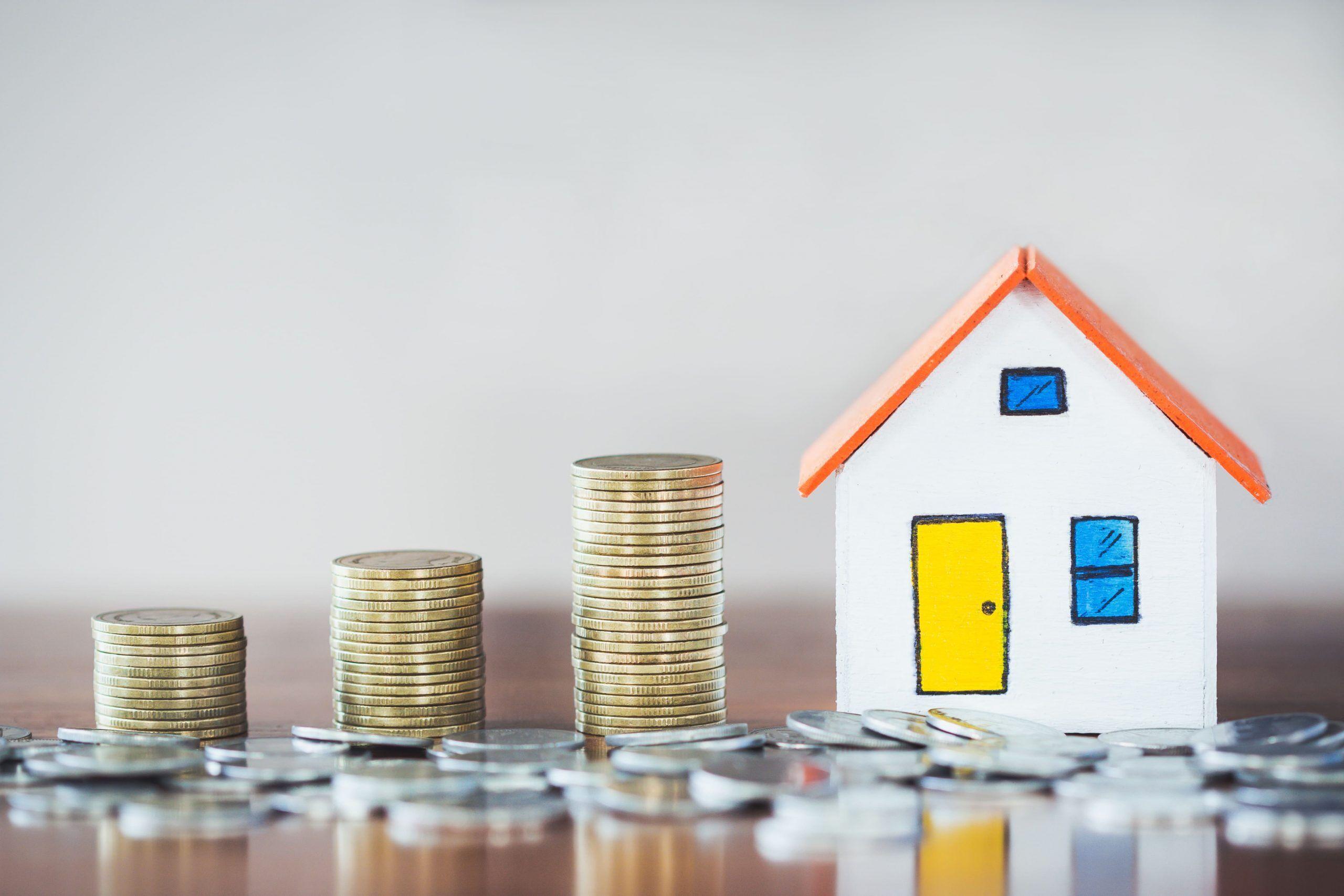
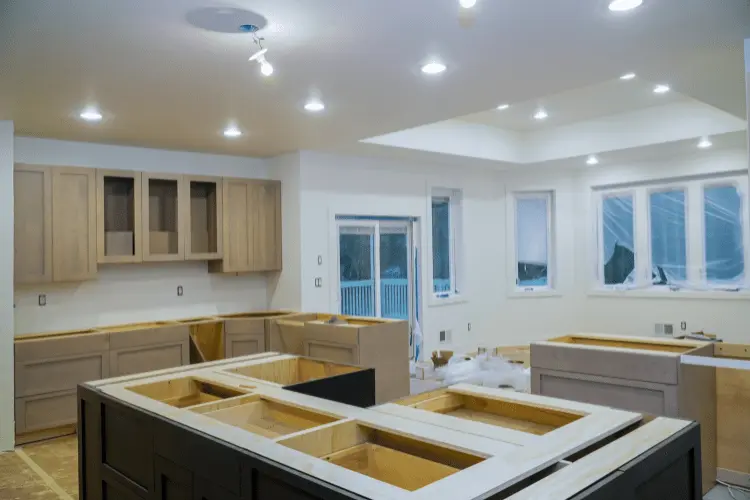

-min.png)

